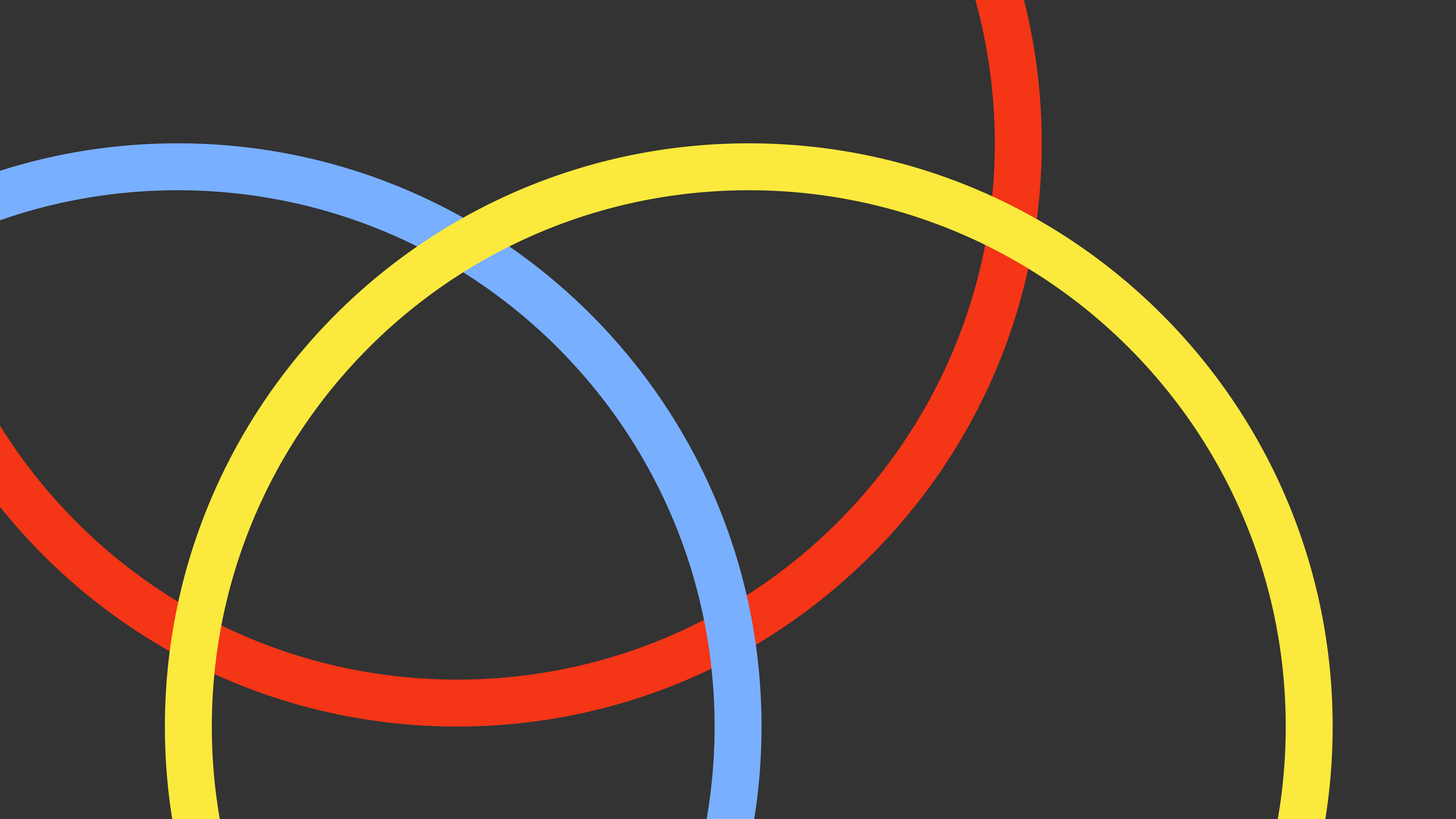Ever tried cooking a complicated dish without checking the recipe first? Or building IKEA furniture without glancing at the manual? (Admit it, we’ve all been there.) Skipping UX research in product design is kind of like that—you’re charging full speed into design and development without understanding the essential ingredients of success. Spoiler alert, it rarely ends well.
Investing time and resources into UX research isn’t just invaluable—it’s the foundation for creating exceptional digital experiences. For startups, established businesses, and everyone in between, it’s the difference between launching a product people love versus one they use once and abandon.
Curious about why UX research deserves a front-row seat at the strategy table? Let’s explore, shall we?
Why UX Research is the Blueprint of Success
Imagine building a house without a blueprint. You might end up with a gorgeous living room, but what’s the point if you forgot to include a bathroom? Similarly, skipping UX research means you’re designing blind—guessing user needs, preferences, and pain points instead of understanding them.
UX research shines a light in the dark. It uncovers the “why” behind user behavior and gives businesses the data-driven insights they need to design products that solve real problems. And here’s the kicker—great UX research doesn’t just create better interfaces; it shapes strategies. It can recalibrate the direction of a project, uncover entirely new user needs, and even inspire innovative features you hadn’t considered.
Real-World Case Studies That Prove the Power of UX Research
1. Airbnb’s Reinvention Through UX Research
Let’s rewind back to 2009 when Airbnb wasn’t the industry behemoth it is today. Picture a couple of struggling founders trying to figure out why users weren’t booking listings.
Enter UX research. The team got their hands dirty—visiting hosts, speaking to guests, and mapping every part of their user experience. They discovered that subpar listing photos deterred guests. Armed with this insight, Airbnb didn’t just suggest better photos—they hired professional photographers to take stunning images of host properties.
This seemingly small change, driven by research (and a hefty dose of hustle), led to a significant increase in bookings, propelling Airbnb toward global domination. Now that’s what you call ROI on research!
2. Google’s Material Design Framework
Ever notice how Google products—from Gmail to Google Drive—feel like they belong to the same family? That seamless, cohesive experience is no accident; it’s the result of Google’s Material Design principles, born from in-depth UX research.
Google’s researchers spent countless hours exploring what users valued most in digital interfaces, including usability, clarity, and accessibility. These insights shaped Material Design, which focuses on intuitive, consistent interactions across platforms. The research didn’t just improve Google’s products—it set a new standard for UX design worldwide.
3. Slack’s Interface Redesign
Did you know Slack’s famously intuitive interface wasn’t built in one magical brainstorm? Nope, it was the result of ongoing user testing and A/B experimentation.
When Slack decided it was time for a refresh, their team relied heavily on UX research, inviting users to share feedback on early prototypes. Through this process, they uncovered pain points such as cluttered navigation and overly complicated features. They didn’t just listen—they evolved.
The end result? A cleaner, more user-friendly interface that made Slack’s core functionalities (messaging, file sharing, and communication) even easier to access. Users appreciated the enhancements, and Slack continued its meteoric growth as a beloved tool for teams.
How UX Research Shapes Strategy
Wondering how all these examples tie back to strategy? Here’s the magic.
1. It Aligns Teams Behind User Needs
UX research eliminates guesswork and replaces it with facts. It provides a rock-solid foundation that teams—from design to development to marketing—can align around. When everyone’s marching to the same drumbeat of user-first insights, silos disappear, and collaboration shines.
2. It Improves ROI by Reducing Risk
Launching a product without user research is like betting your entire life savings on a horse named “Probably a Good Idea.” UX research minimizes risk by testing concepts, features, and designs before they hit the market, ensuring you’re not wasting resources on ideas that flop.
3. It Inspires Innovation
Sometimes, research doesn’t just confirm your ideas—it challenges them. By conducting deep-dive interviews, usability testing, and prototypes, teams discover unmet needs and opportunities they didn’t know existed. These insights can lead to groundbreaking features, pivoted strategies, or even new products altogether.
Tackling Common UX Research Myths
Stuck on the fence about investing in UX research? Here’s a quick myth-busting session just for you.
- “We don’t have the budget for research.” Think about how much it’ll cost to redesign a product after launch because it didn’t resonate with users. Research is a money-saver in disguise.
- “We already know our users.” Even if you think you know your audience today, user behaviors and expectations evolve faster than you can say “tech disruption.” Regular research keeps you in the loop.
- “It takes too long!” Believe it or not, lean UX research methods can uncover valuable insights in days, not months.
Make UX Research Your Go-To Strategy Tool
Whether you’re a startup founder drafting your MVP or a product manager fine-tuning a long-standing app, UX research is your not-so-secret weapon. It ensures you’re solving the right problems, in the right way, for the right people.
Less guessing, more designing. Fewer risks, more rewards. Isn’t that what every business leader wants?
Need Help Getting Started?
UX research is powerful, but knowing where to begin can feel overwhelming. That’s where we come in. At Pepperplane, we live and breathe UX research. Together, we’ll unravel your users’ needs, uncover opportunities, and craft strategies that turn ideas into wins.
Curious to learn more? We’d love to chat. Reach out today and discover how we can help shape your next big project (discovery calls are on the house).
Because great products start with understanding, not assumptions.

